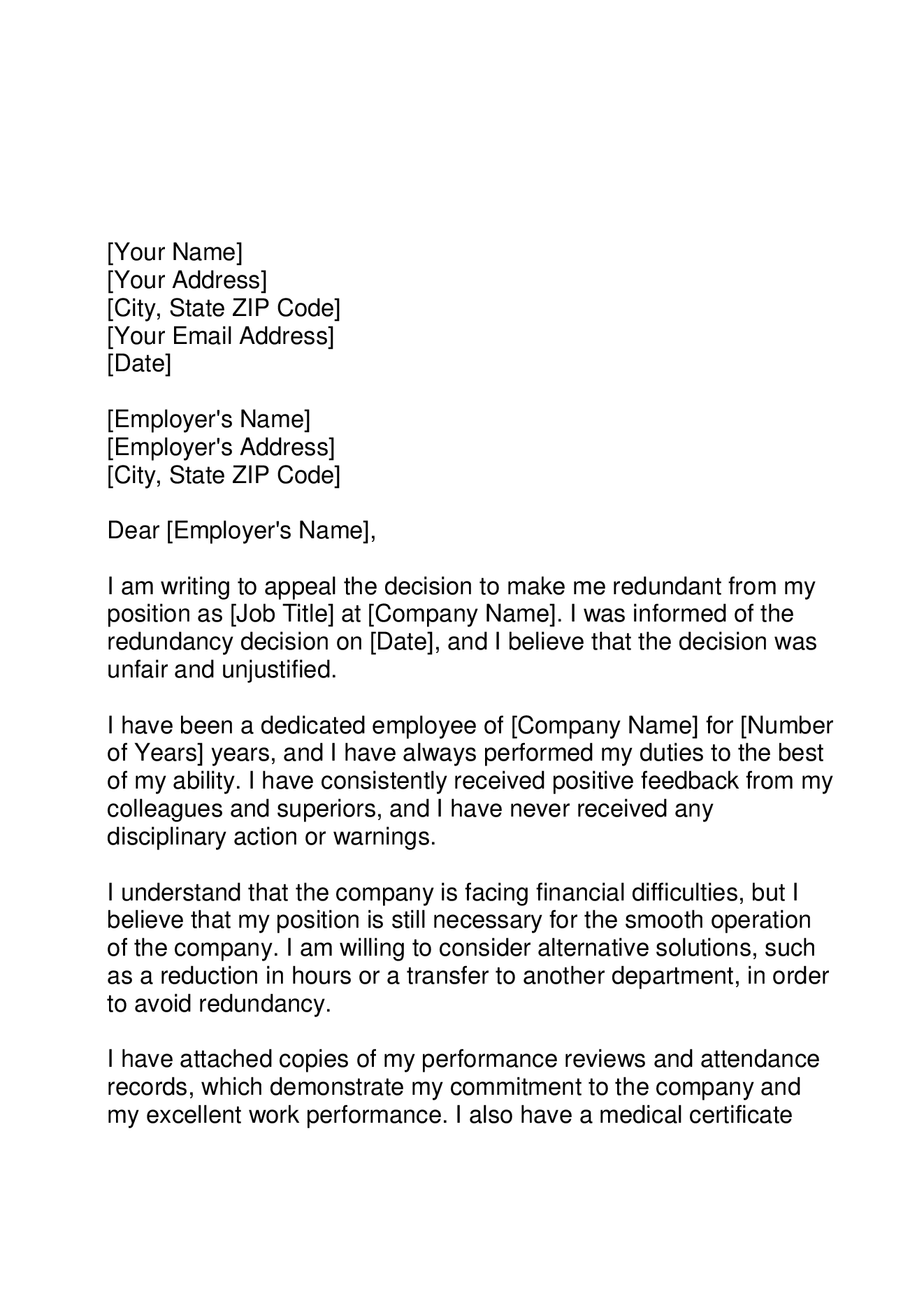What Happens to Redundancy If Company Goes Bust? An Overview to Your Rights
Examining the Interaction In Between Firm Redundancy and Organizational Adaptability for Future Growth
In the vibrant landscape of today's organization world, the elaborate relationship between business redundancy and business flexibility emerges as an essential element for sustained growth and success. Firms typically face the difficulty of striking a delicate equilibrium between preserving a degree of redundancy to alleviate dangers and fostering versatility to react promptly to the ever-evolving market demands.
Significance of Company Redundancy
Business redundancy is a critical aspect that boosts business resilience and mitigates functional threats. By incorporating redundancy actions within the organizational structure, companies can much better stand up to unanticipated disruptions and fluctuations in the company atmosphere. Redundancy acts as a strategic barrier, allowing firms to adapt and react successfully to unforeseen obstacles without jeopardizing necessary operations.
One trick aspect of the significance of business redundancy is its duty in making certain continuity throughout times of crisis. When faced with abrupt changes or emergency situations, repetitive systems, sources, or workers can tip in to preserve vital functions and protect against prevalent interruptions. This continuity not just safeguards the business's online reputation and client trust however likewise decreases financial losses and operational downtime.

Strategies for Business Versatility

One more vital method is investing in modern technology and framework that can sustain adaptability and scalability. Executing digital tools, automation, and information analytics can improve procedures, boost performance, and provide useful understandings for educated decision-making. Moreover, developing versatile business frameworks that permit for quick adjustments to market dynamics and consumer demands is vital for staying competitive in a rapidly progressing atmosphere. By proactively recognizing potential disturbances and opportunities, organizations can proactively prosper and adjust in an ever-changing organization landscape.
Balancing Redundancy and Flexibility
Achieving an unified stability in between functional redundancy and organizational flexibility is extremely important in browsing the complexities of a vibrant business atmosphere. Striking the ideal equilibrium between redundancy and adaptability is a delicate procedure that requires a deep understanding of the organization's objectives, market dynamics, and danger tolerance.
To achieve this equilibrium, business need to carry out routine evaluations of their procedures to recognize areas where redundancy is required for danger reduction and where flexibility can drive development and growth. Implementing flexible frameworks, promoting a society of continual knowing and enhancement, and urging open interaction throughout all degrees of the organization are key strategies to balance redundancy and adaptability effectively. By straightening these 2 critical aspects, companies can position themselves for sustainable growth and success in an ever-changing organization landscape.
Study on Adaptation Success
In analyzing circumstances of effective business adjustment, it comes to be evident that the interplay in between functional redundancy and versatility is a defining aspect in forming resilient organizations. A DVD rental service, Netflix showed exceptional flexibility by transitioning right into a streaming platform when digitalization interrupted the industry. These instance researches highlight the value of functional redundancy paired with organizational visit this website flexibility in promoting lasting growth and competition.
Structure Resilience for Future Development
Structure strength for future development requires a critical placement of functional procedures with market dynamics and emerging trends. Business must adjust to altering environments by cultivating a culture of versatility, development, and continual enhancement.
Moreover, cultivating strong relationships with stakeholders, such as news customers, employees, distributors, and the community, is necessary for keeping and weathering unpredictabilities depend on and assistance throughout stormy times. Efficient interaction and openness play a crucial function in structure durability, as they help straighten expectations and promote collaboration in navigating uncertainties.
Moreover, companies require to prioritize knowing and growth campaigns to upskill staff members and outfit them with the essential tools to adjust to transforming scenarios. By investing in their labor force, firms can boost their flexibility and agility, eventually reinforcing their durability for lasting future growth.
Final Thought

In the dynamic landscape of today's company globe, the elaborate relationship in like this between firm redundancy and business versatility arises as a crucial factor for continual development and success. Firms usually face the challenge of striking a delicate balance in between keeping a degree of redundancy to alleviate dangers and promoting adaptability to respond swiftly to the ever-evolving market needs.To achieve this equilibrium, business require to perform normal evaluations of their procedures to recognize areas where redundancy is needed for threat mitigation and where adaptability can drive development and growth.In final thought, the interplay between firm redundancy and organizational flexibility is important for future development. Structure strength via a mix of redundancy and flexibility will make certain that companies are prepared for the difficulties of the future.